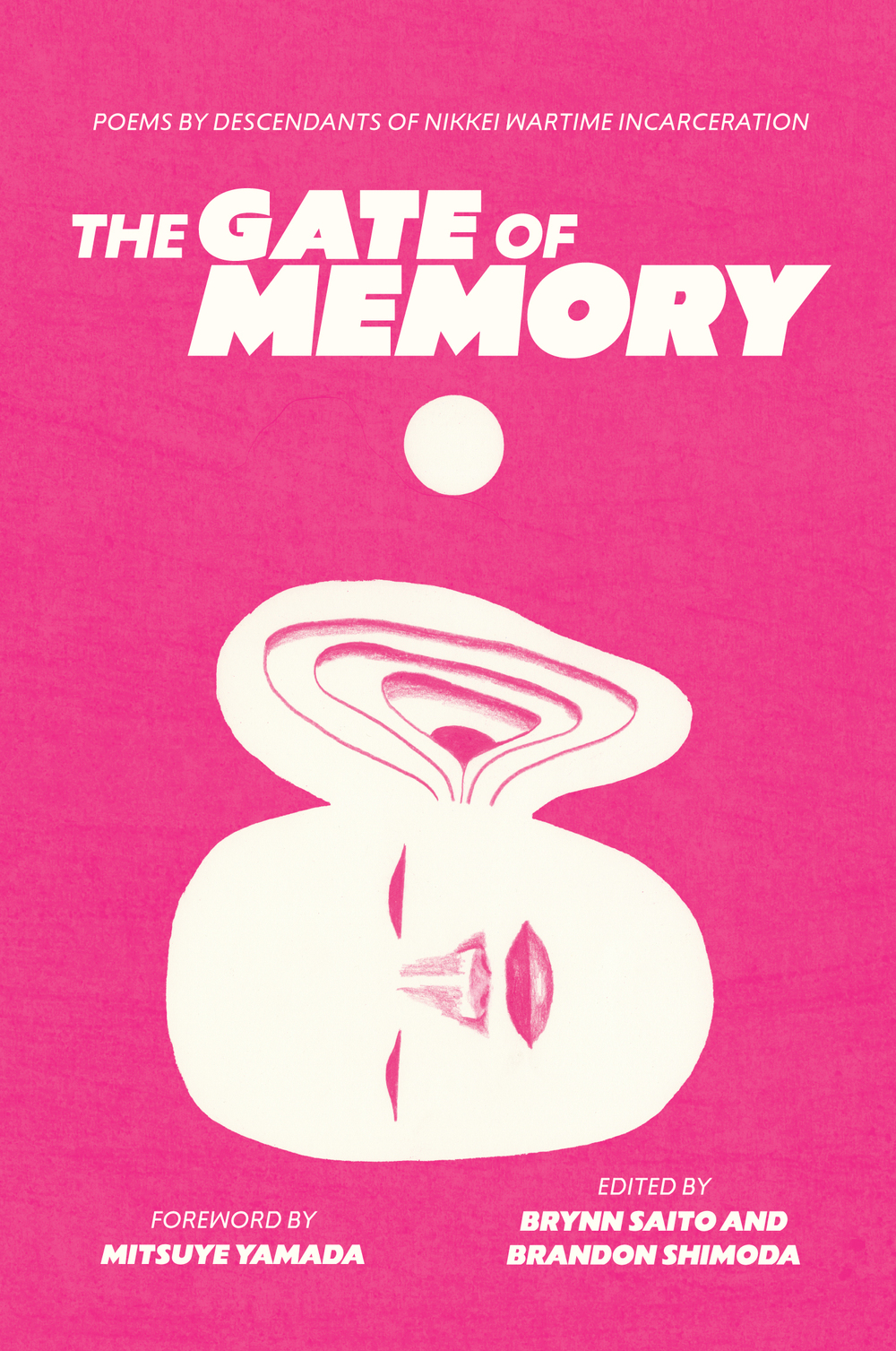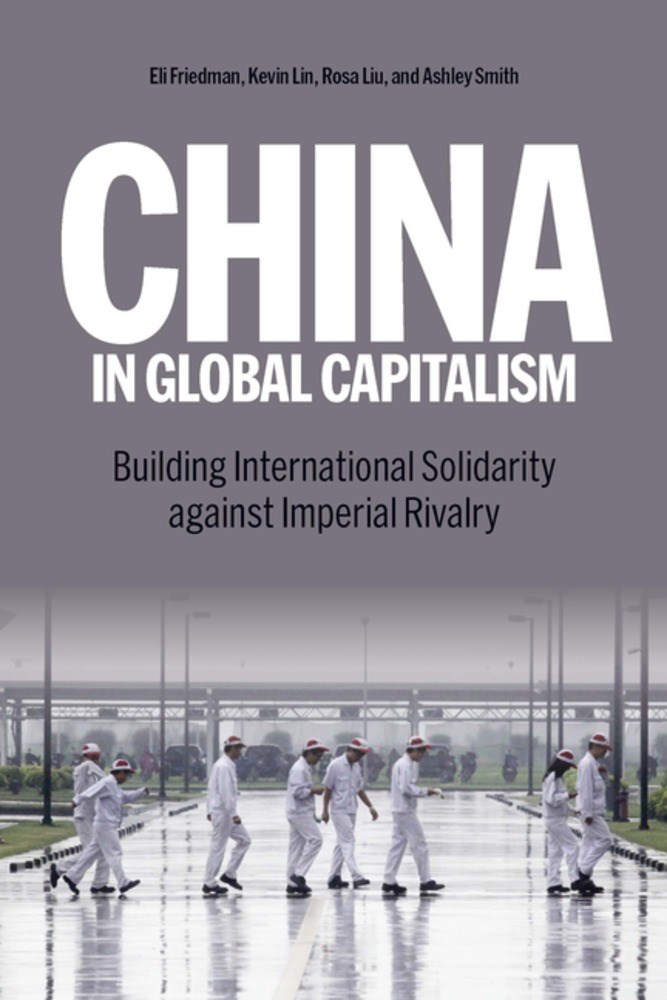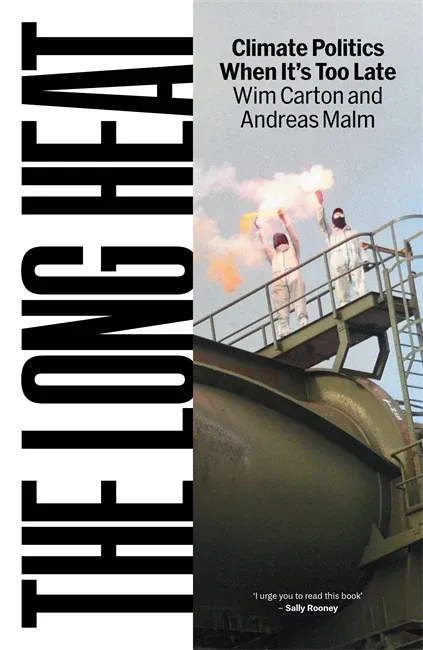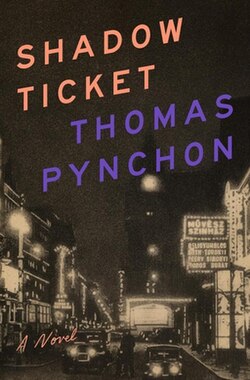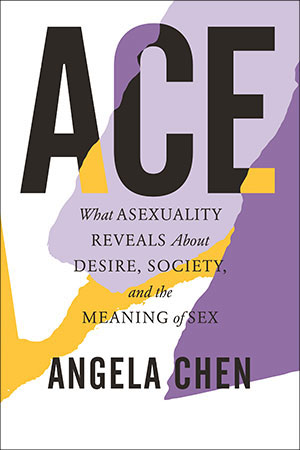After structures are damaged or destroyed by wildfire, the victims are sometimes offered state and federal disaster relief. Assistance in the form of low-interest loans, temporary relocation expenses, and other services often supports and encourages people to more easily rebuild in the same location. These actions arise from the natural desire we all feel to help people who have had their lives disrupted by sudden and unexpected catastrophe, but it must be kept in mind that the result may be to perpetuate and subsidize settlement patterns that are inherently dangerous. It is common to require that replacement buildings be constructed with materials and in ways that are more fire safe than the originals. Over the long run, society as a whole might be better off to go a step further and entirely eliminate incentives for living in places where future fire disasters are likely. As city, county, state, and federal budgets become more and more strained and stretched, it is imprudent to allow private landholders to bill the ultimate cost of their private decision to live in a hazardous area to the rest of us. That decision is not private, and it is expensive.





